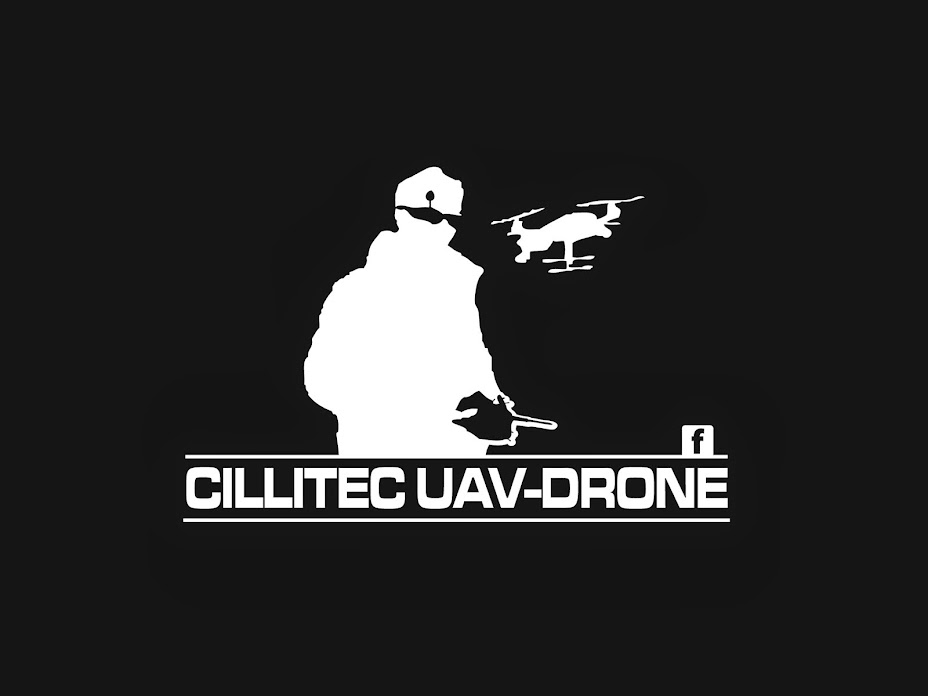
We are working on a flying camera that differs from the regular quadcopters, using a Ducted Fan UAV design. This allow us to have a much safer and robust device, that the user can easily hold, push, grab, etc.. Fleye is about the same size and weight than a soccer ball (22cm wide, 350g). It is powered by a single propeller, fully shielded. You can safely hold it in your hands, throw it, catch it and fly it nearby people.
We are starting to communicate and gather feedback now, with a tentative launch (crowdfunding) this fall. You can read more details on our blog.
I know some of your usual questions, so let me try to already answer them :-)
- This is not APM but our own autopilot, entirely developped with a Model Based Design approach for the core sensor fusion and control and running on a cortex M4.
- Smartphone controlled over wifi, no RC version planned at this stage
- We have a dual core ARM A9 on board for managing wifi, video streaming, and some computer vision tasks












